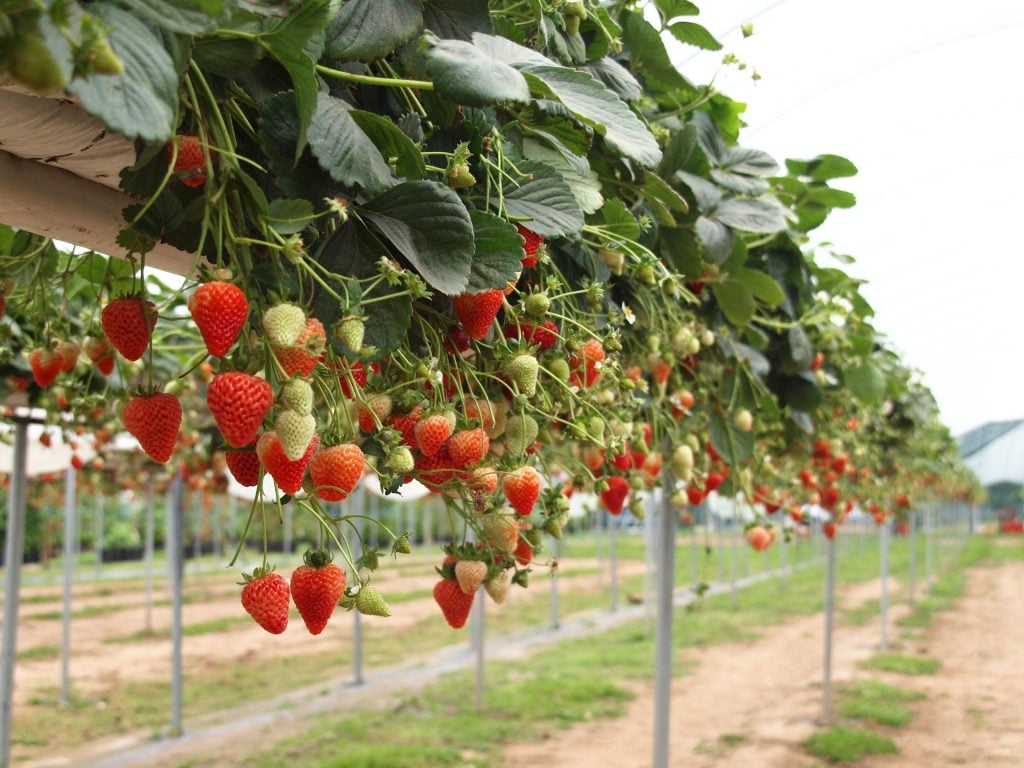Table of Contents
Strawberries in a home would mean that the residents are blessed to have a bounteous supply of sweet fruits from springtime to mid-winter until there is frost. Strawberries fascinate with bright red colour, juicy texture, special aroma, and sweet taste.
Depending on the soil and climate, strawberries are grown as perennials and annuals. Strawberry plants normally take a year to produce fruits substantially. As soon as strawberry plants mature, you will see the origination of strawberry runners as a unique feature.
Mature plants put out strawberry runners looking like string-like stems with nodes to make the plant propagate itself.
Producing strawberry runners also means the main plant must be spending more energy, and over a period of time, it will impact its ability to bear fruit.
Using Strawberry Runners as Starting Point for New Plants
Create some strawberry plants from runners by letting them develop roots in pots. This comes in handy in moving new plants according to your convenience. But be selective about the number of runners on the plant. Keep the basic number of runners you want and cut the rest to support the mother plant to bear more fruits.
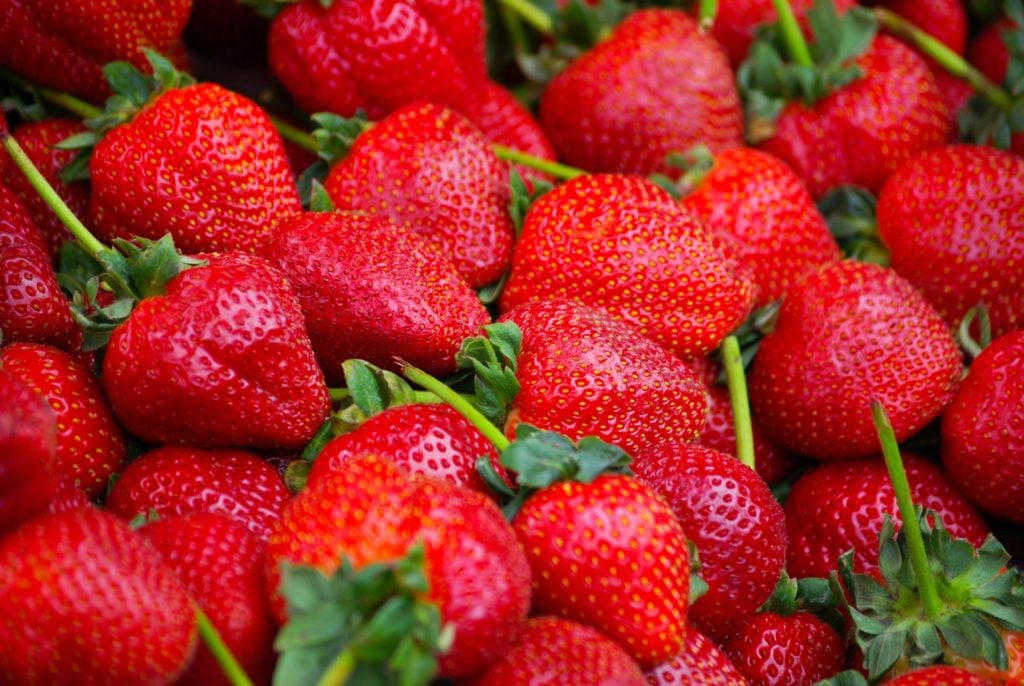
While making ready pots to let runners take root, take just four runners from healthy strawberry plants. The potting soil must not exceed 3 inches. Use a 6-inch piece of U-shaped galvanized wire to pin the runner to the soil in the pot. But retain the runner between the mother plant and the daughter plant. Water the pots and keep the soil wet to encourage root growth. In five weeks, the daughter plants will establish the root system to cut the strawberry runner from the mother plant. After a week, transplant each daughter plant to a place where you are comfortable.
1. Use the Best Time to Transplant Strawberry Runners
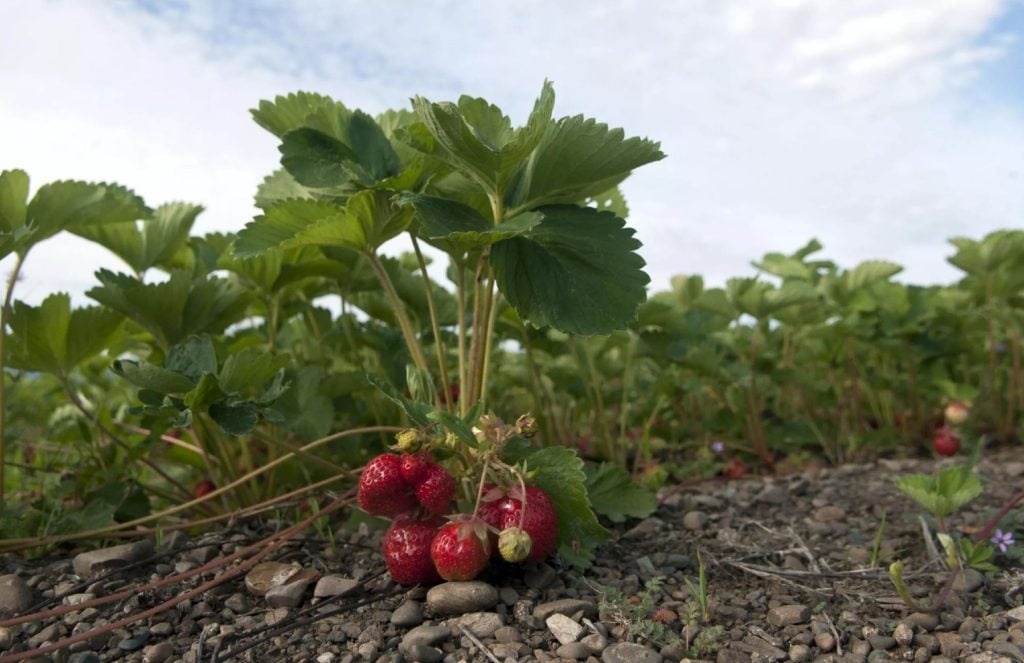
Ideally, the period of fall from late September to early October is the best time to dig up young strawberry plants with runners or plantlets. But you have to ensure that the parent plant is healthy and not infected with any disease. You have to plant the plantlet with the same care you handle new plants from a nursery. You can also apply good organic loamy soil, mulch, and straw if required.
2. Firm up Soil Contact
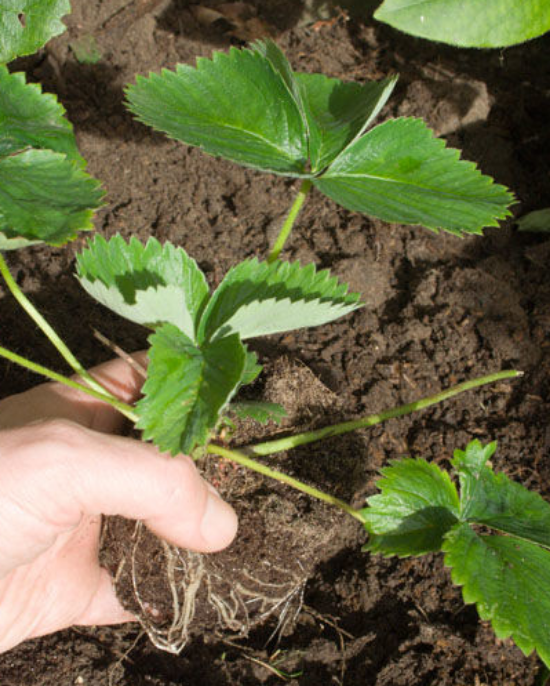
While providing plantlets with soil contact, you have to bury them just below the soil surface. Using U-shaped pieces of wire or wire pegs to pin the stem and plantlet directly into the ground or pots filled with soil is a common practice. But never cut off the stem from the parent plant until the new plant produces new leaves before. This may take at least 4 weeks.
However, cutting off an extra strawberry runner from the one you are propagating is acceptable. This saves the energy of the new plant to develop new roots faster.
3. Detach the New Plant from The Parent
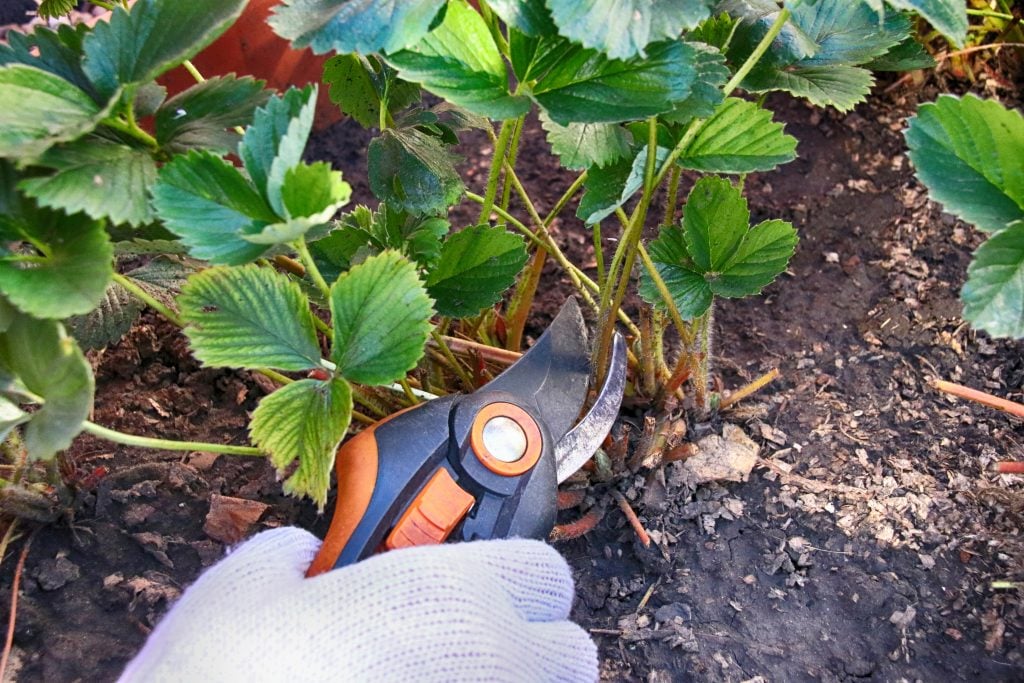
Now comes the time to separate the child strawberry plant from the parent plant using orange secateurs. This must be done after a few leaves have appeared. The next step is transplanting the plantlet to a new site, where it grows or makes it potted. Remember, new plants need hand-holding in terms of watering until they get established. This is more important in pots that dry out rapidly.
4. The Right Sunny Place to Grow Strawberries
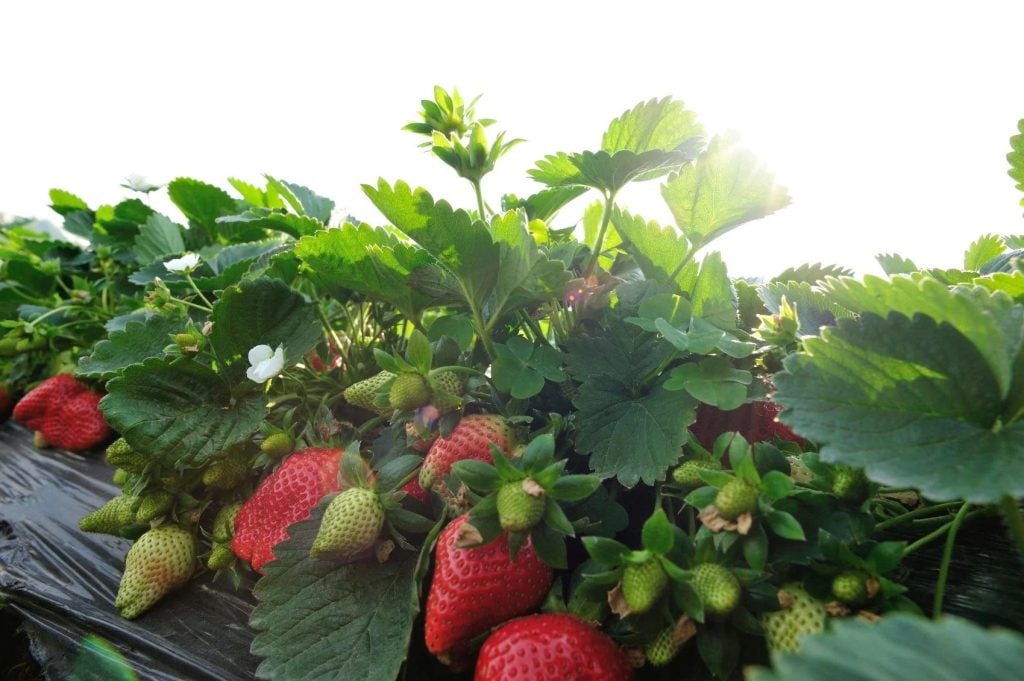
Irrespective of the type of strawberry, the spot you choose must be sunny with at least 6 hours of daily and direct sunlight. The newly propagated strawberry runner plants, when planted in the springtime, will bear flowers in the first season, but you can remove them to support root growth. A strawberry plant may extend multiple runners during the growing season. However, you must use only a maximum of 4 for propagation each year.
For assured success, avoid planting them out during the winter months when the soil is wet and cold. Propagation need not be intimidating, so why not have a go at growing some free strawberry plants this summer?
5. Use the Best Productive Variants
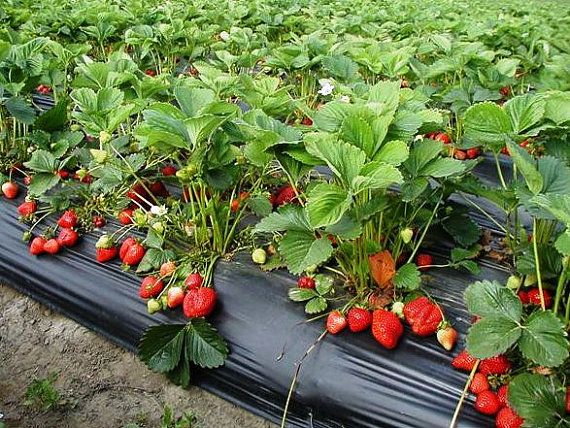
At least three main variants of Strawberries are in vogue–June-bearing, Ever-bearing, and Day-neutral. There is also the Fragaria vesca, alpine strawberry, with smaller fruits with an intense flavour. These plants need part shade, and the best way is to plant them 2 feet apart with the rows 3-4 feet apart. These plants reseed, create a high ground cover and produce fruits from spring to winter.
6. Time-Bound Replacement of Plant Bed
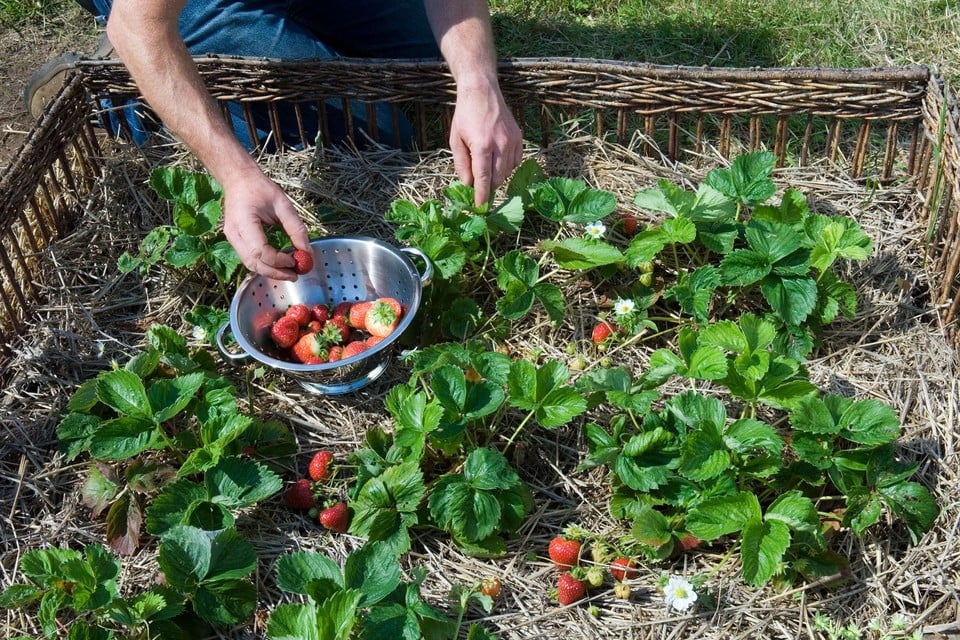
It has been observed that Strawberry plants lose vigour after a few years and are prone to diseases. So, replacing your whole plant bed every four years is the way to go.
7. Potting and Repotting
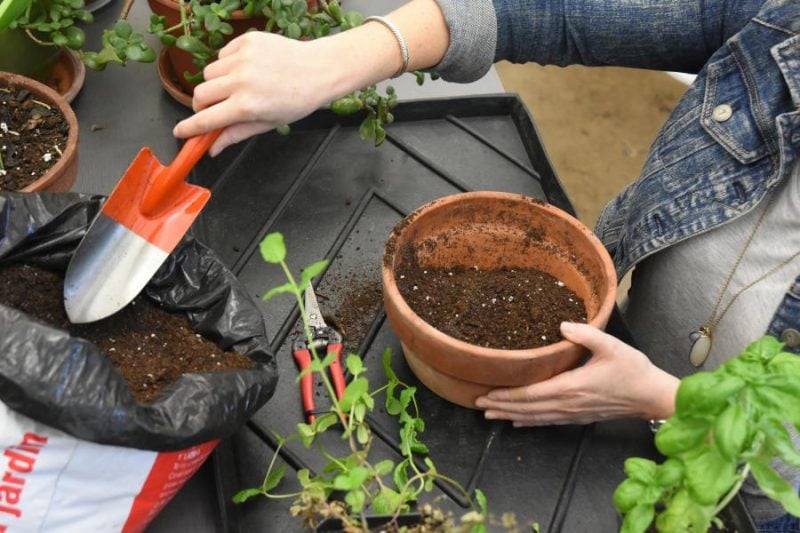
Growing strawberries in containers is viable because they have smaller root systems. If it is planted in the ground, the spot must get full sun. Potted strawberry plants need watering else they will dry out quicker. A drip irrigation system with a timer will be effective for that. Also, make sure containers have drainage holes to prevent water logging.
8. Water Requirements
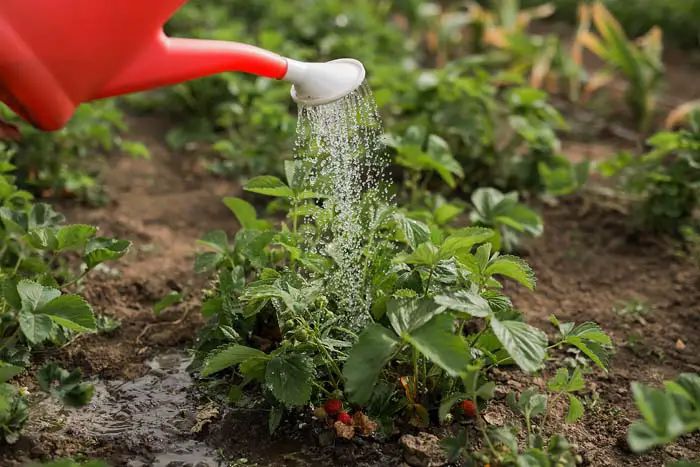
Considering the need for a strawberry bed for well-drained soil that is rich and loamy, there has to be regular water of 2 inches per week when the plant is growing. To prevent rot, keep the crown of the plant exposed and use plenty of well-rotted manure. Straw mulch will control weeds and check too much soil moisture, and keeps the berries from sinking in the mud.
9. Humidity
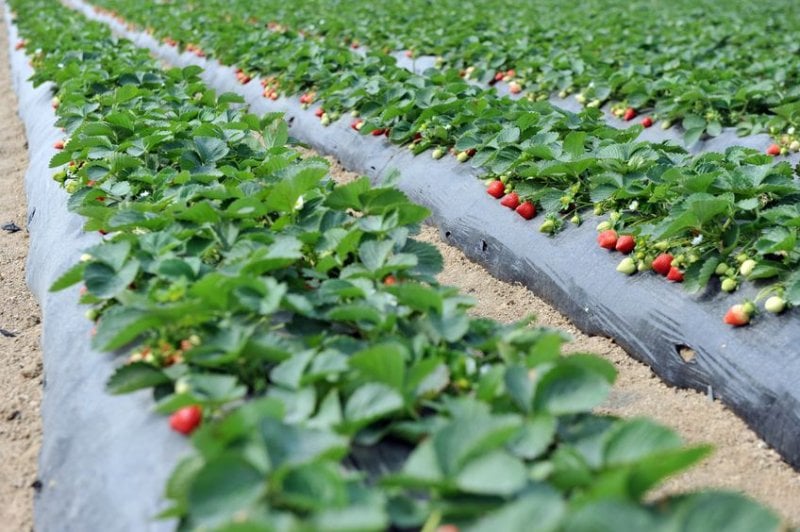
As for temperature, Strawberries thrive at 60 to 80ºF. They can withstand cold temperatures, but frost will destroy the plant. There must be good air circulation to avoid the risk of attracting fungal diseases, including the dreaded powdery mildew.
10. Fertilizer
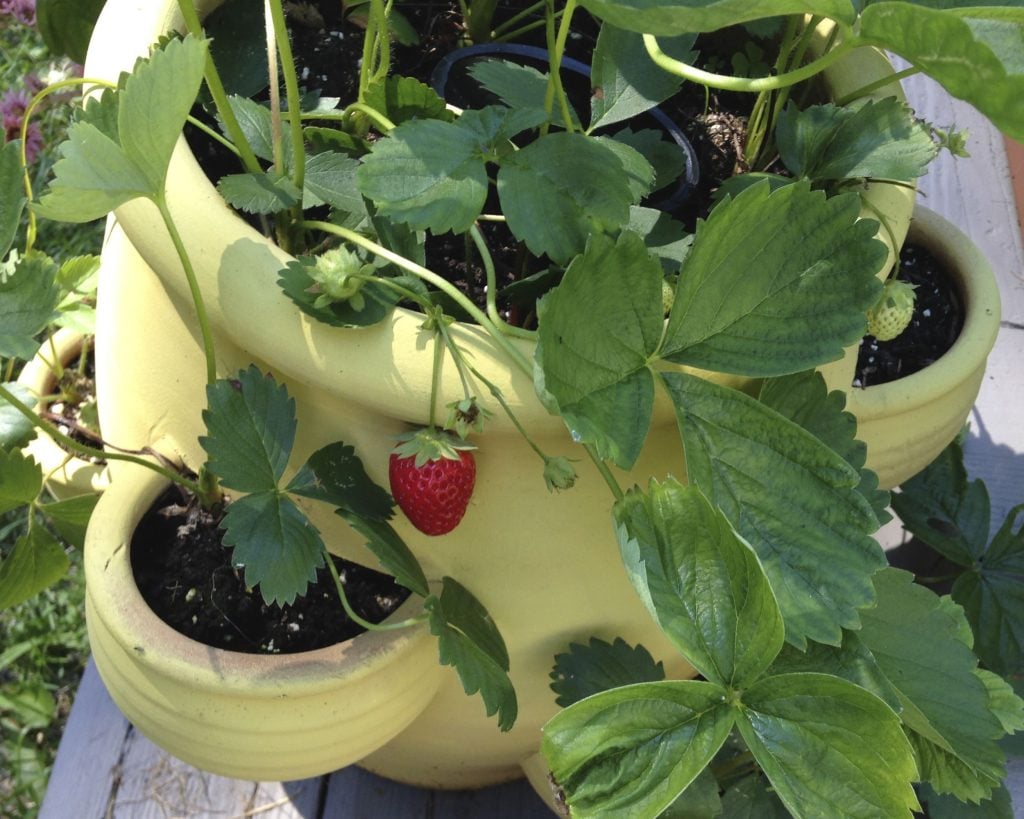
You can add fertilizers at the start of the growing season. This is good for the ever-bearing varieties that you can fertilize after the harvest. However, over-fertilization can become counterproductive and may lead to excess foliage and fewer berries.
11. Pest Problem
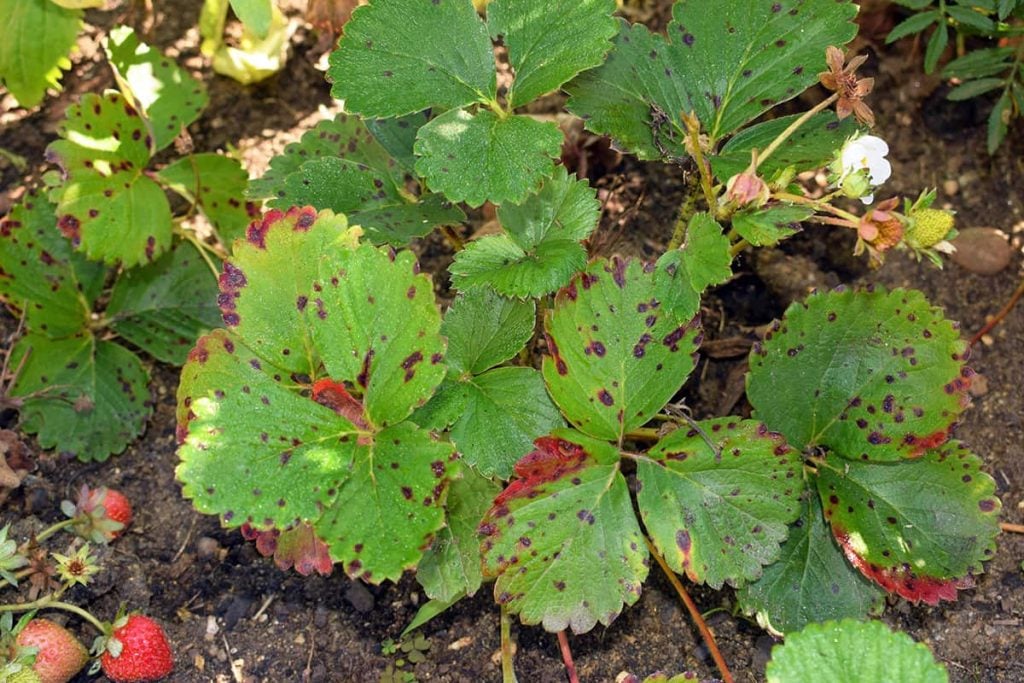
Strawberries face bugs and fungi attacks from ruining plants. Other challenges include root rot, anthracnose, and sun scorch. Also, stay vigilant about strawberry weevils that cause damage and birds swooping down to devour strawberries. For the latter, you must have netting for protection.
To handle the mess from slugs and snails found in the mulch, try out an organic slug control as a remedy.
12. Improve Strawberry Plant Beds
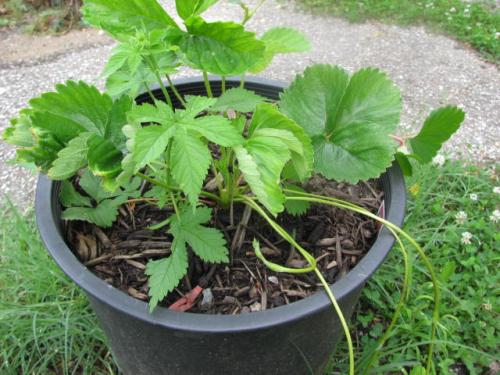
You have to rejuvenate beds of strawberries each year, preferably using a lawnmower. After harvesting, apply the mower with its blades high at 4 inches above the ground and mow the patch many times. In case you are unable to mow the beds, slice each plant by at least an inch. Then, clean out the chopped plant parts, weed, and baby plants from the bed and fertilize them with an organic blend.
Types of Strawberry
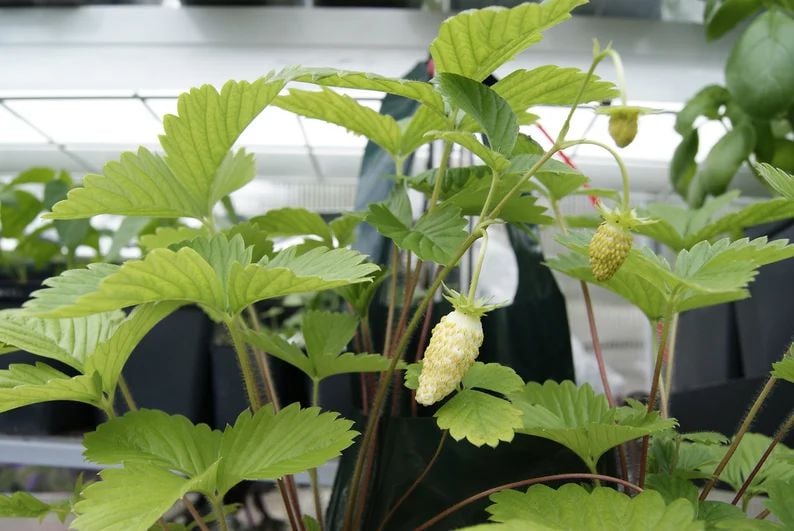
When searching for strawberry plants, select the best that will match your area’s growing conditions. Each of the varieties is known for its delicious flavour and easy care. Some of them include
- Baron Solemacher: This alpine variety has an intense taste. Fragile berries are best eaten fresh from the patch.
- Earliglow; It bears fruits very fast. The fresh ones are flavorful berries and too sweet. These plants resist most diseases.
- Sparkle: This hardy variety withstands late spring frosts and is noted for its bright sheen, and they taste excellent both in fresh or frozen formats.
- Honey Oye: These juicy berries have a superior, naturally sweet taste. They are winter-hardy plants with a bumper crop of conical fruits as annuals.
- Pineapple Crush: In a distinct flavour, it produces pale yellow fruits if seeds are sown indoors.
- Giant Robinson: These make for amazing berries in a fruit bowl. The heavy-yielding plants offer one lasting picking season each summer.
- Redchief: The bright-red berries adapt to a wide range of growing conditions and are disease resistant.
Important Companion Plants for Strawberry
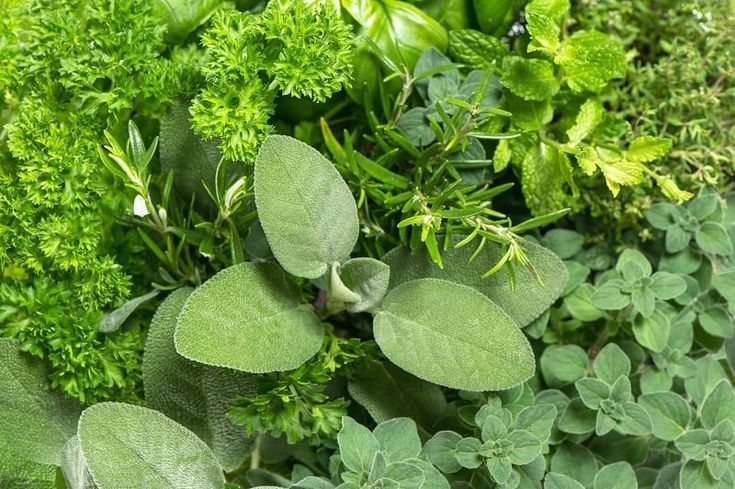
Strawberries are easy prey to the attack of garden pests. But mitigating pests will be easy with companion plants. You can choose vegetables, flowers, and herbs to maximize your harvest. Those companions offer different benefits, and by choosing the right companions, you can safeguard your strawberries until harvest.
Asparagus: Asparagus and strawberries co-exist well since their roots grow in different parts of the soil. In terms of harvest, too, the timing is more or less the same time.
Chives: Chives prevent pests from attacking strawberry plants.
Sage: The heavy scent of sage will shield the sweet scent of strawberries from pests’ and can prevent hungry animals and birds from devouring the ripened fruit.
Spinach: There is a rare synergy with both spinach and strawberries as they are cooler-season crops, with harvesting happening in the spring season. Their growing requirements are also the same, and they are compact enough to do well with both ground beds and containers.
Evolution of Strawberry Cultivation
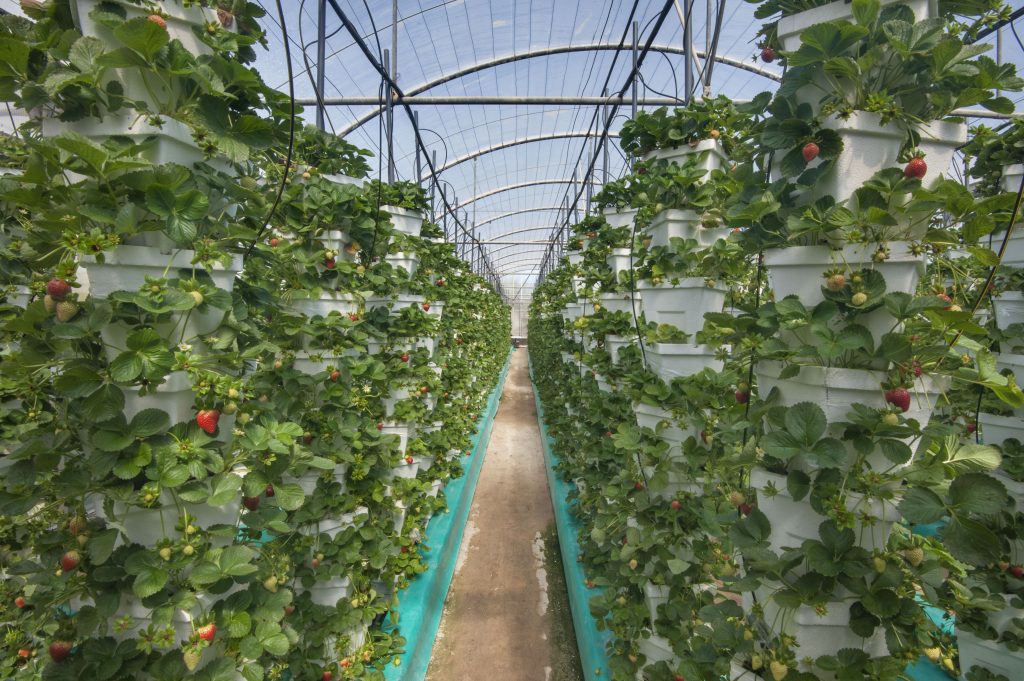
Strawberry had its first commercial hybrid breeding in the 1750s in Brittany, France. The plants were a cross of Fragaria Virginiana from North America and Chile’s Fragaria Chiloensis. This was a milestone and led to Fragaria × ananassa gaining the upper hand and led to the replacement of woodland strawberry (Fragaria vesca), the popular species cultivated since the early 17th century.
From a botanical perspective, strawberries are not berries but the best aggregate accessory fruits, with the fleshy part being a receptacle that holds the ovaries and not the plant’s ovaries.
Strawberry plants produce fruits for a minimum of five years. After that, the runners make the strawberry bed crowded and sap the plant’s energy. This has to be mitigated by transplanting runners to replenish with new and young plants.
The world production of strawberries is about 9 million tons, with China having a 40 percent share of the total volumes. It is consumed in manifold forms ranging from fresh fruits to prepared foods such as jam, ice cream, milkshakes, juice, chocolates, and pies.
Conclusion
Berry fruits are high in health-promoting antioxidant polyphenols. The berry leaves have a huge content of bioactive phytochemical content in the leaves. Strawberries and Roses share the same plant family. Both are part of the subfamily Rosoideae under the Rosaceae family. Plants in the Rosoideae subfamily have a minimum of at least two pistils not connected and developed as achenes. This feature is common between roses and strawberries.
Also, Strawberries contain more Vitamin C content than Oranges. It is noted that in every 100 gm of strawberries, there will be 58mg of vitamin C compared to what 100 gm of oranges will offer. With all the valuable information on creating new strawberry plants from strawberry runners here, you can have a money-minting strawberry garden at home that will take care of your health as well as your wealth.

